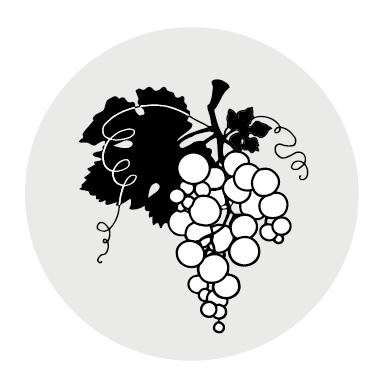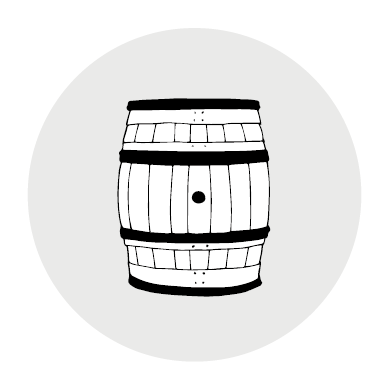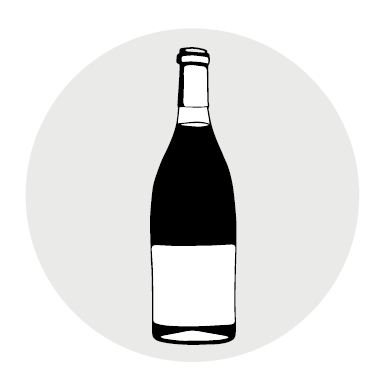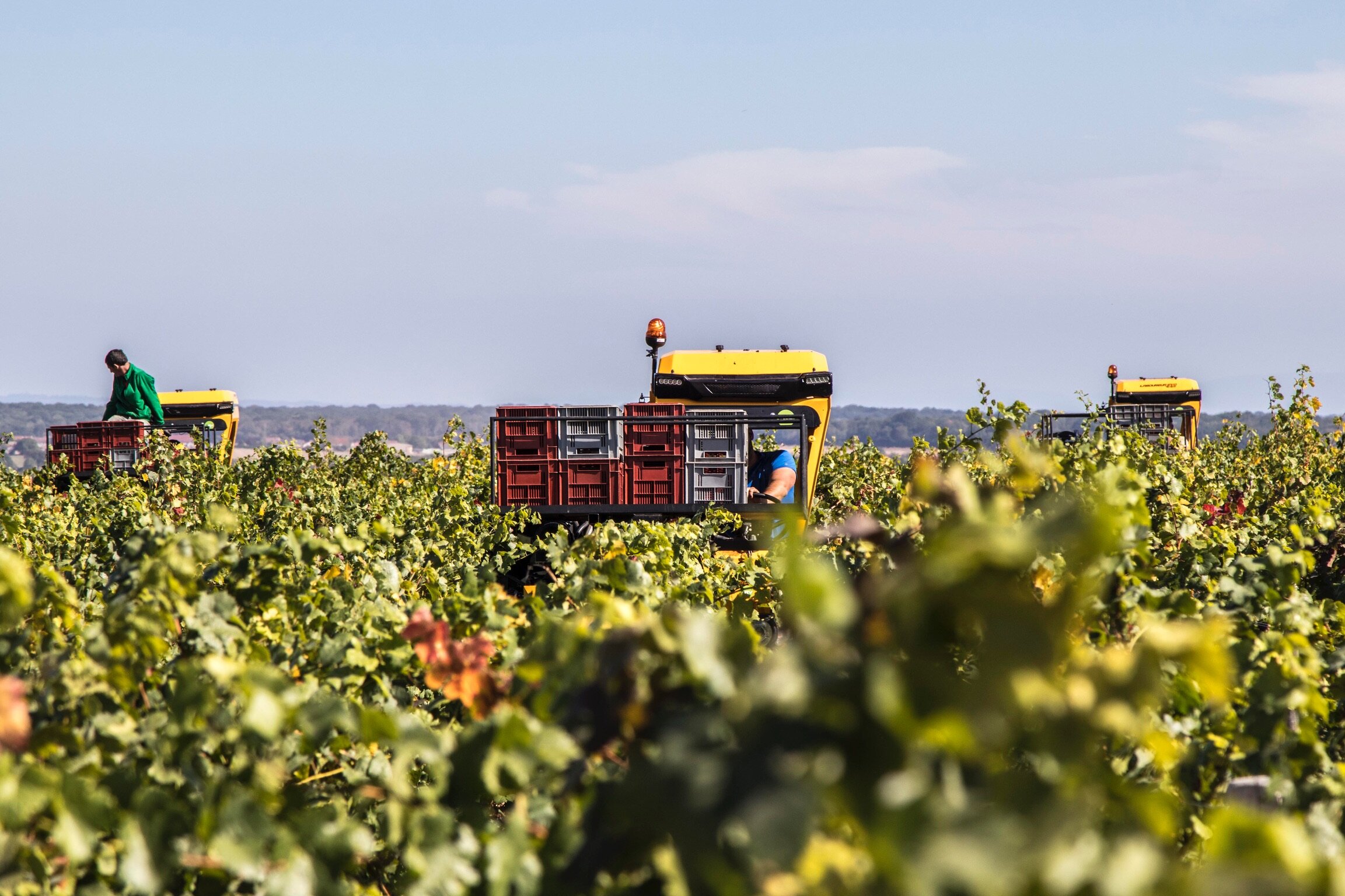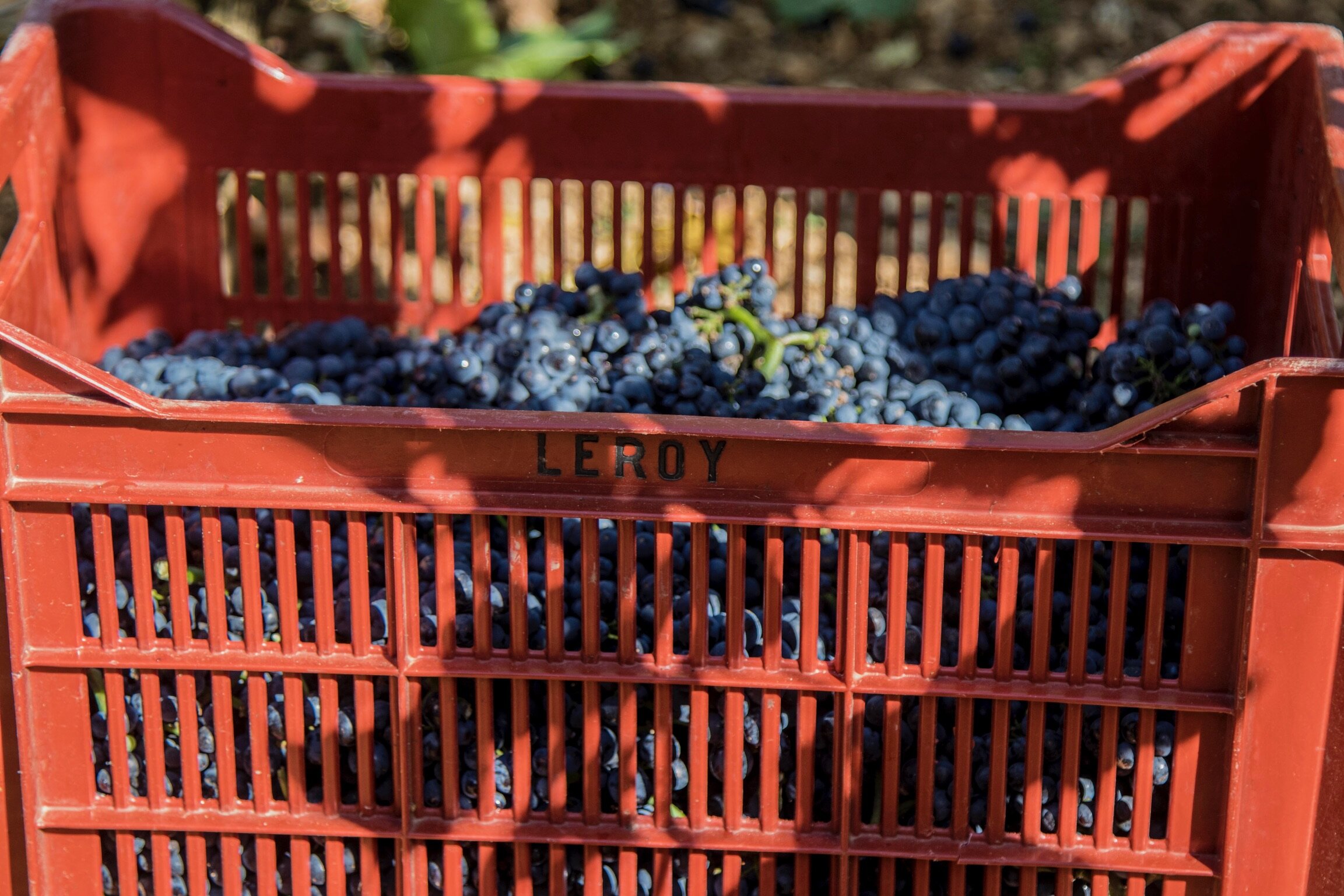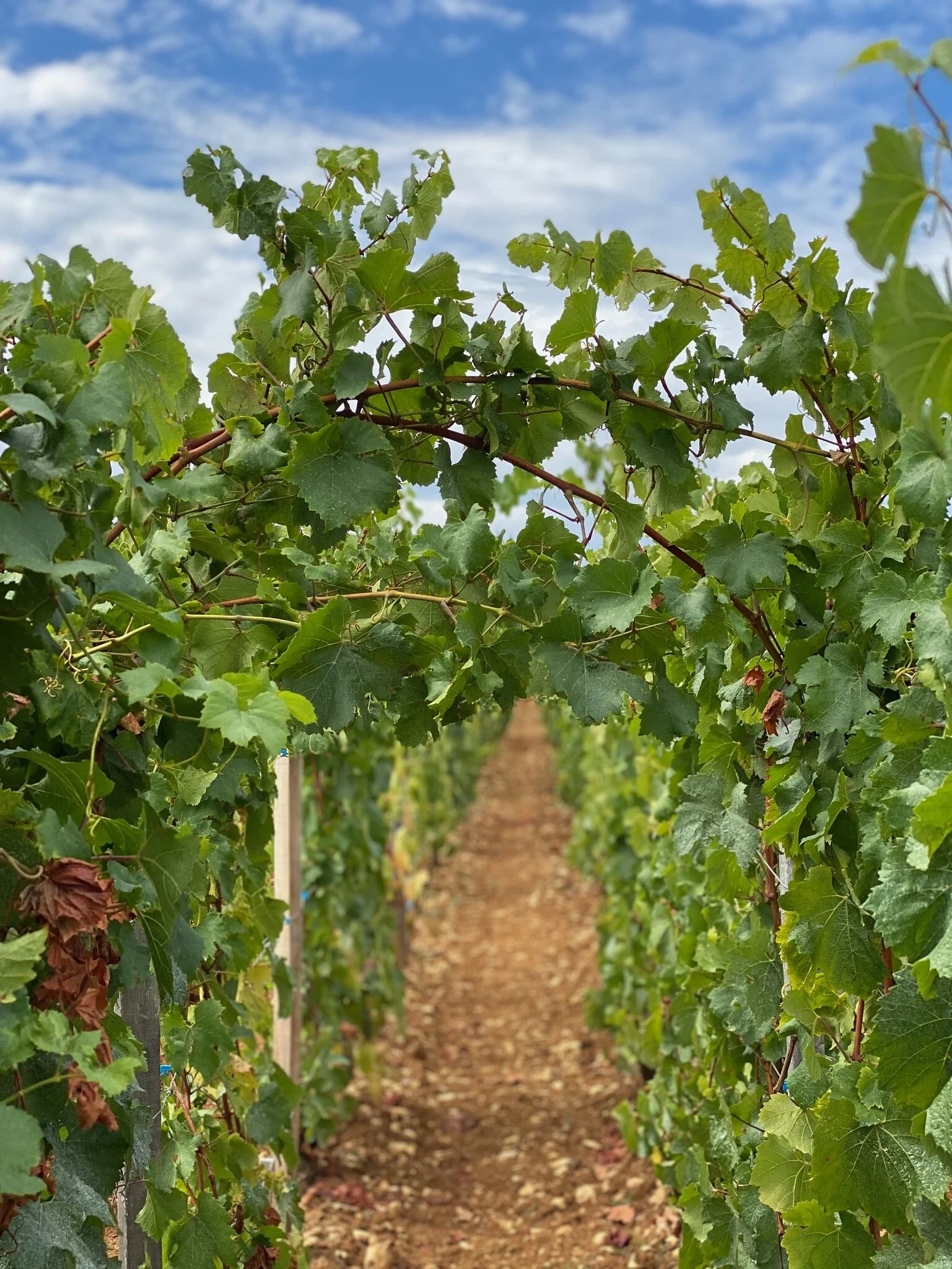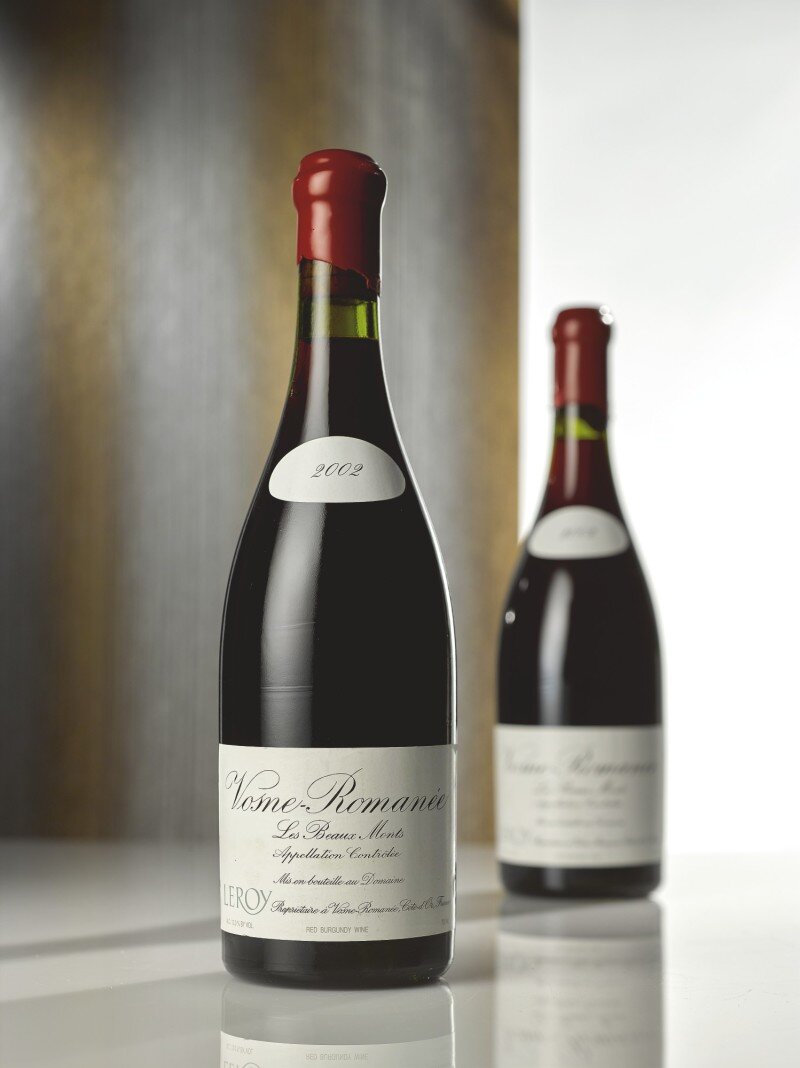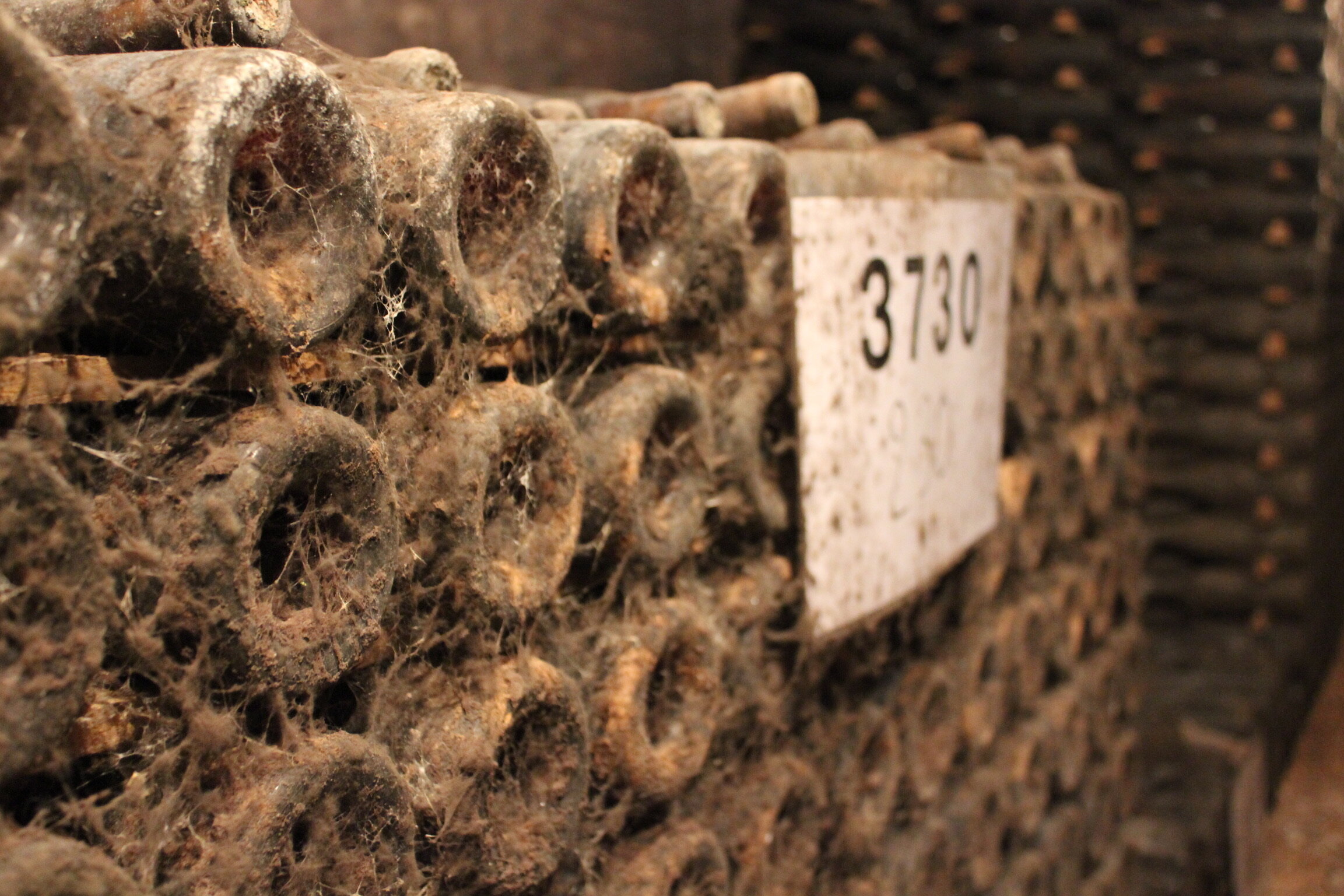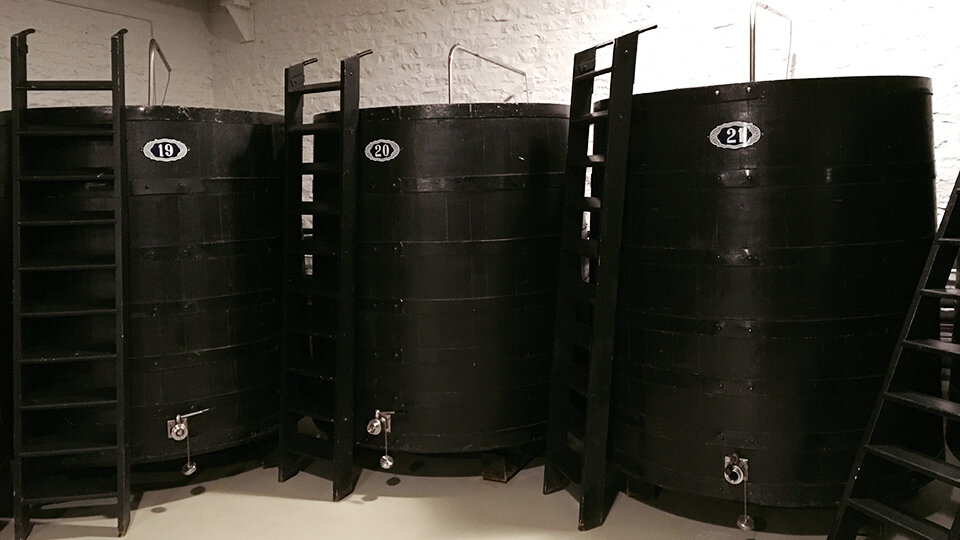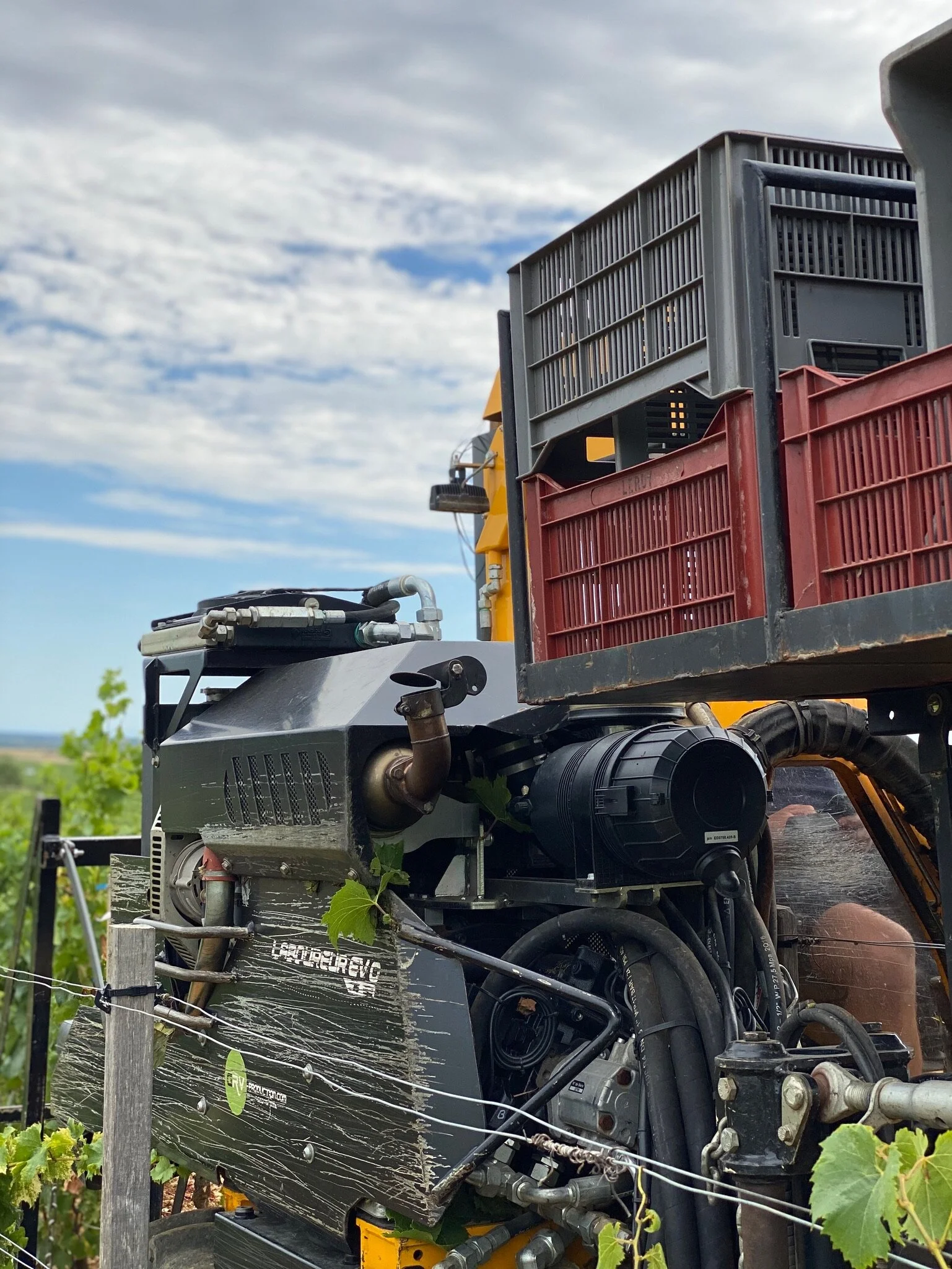DOMAINE LEROY
Vosne-Romanée
The remarkable journey of Leroy's success story begins in 1868 with the establishment of Maison Leroy by François Leroy. This négociant business was to be a cornerstone in the rich tapestry of the Burgundy wine industry. It was under the stewardship of Lalou Bize-Leroy, François’ great-granddaughter, who joined the family venture in 1955, that Maison Leroy truly began to redefine excellence in winemaking. Lalou's approach was distinct and visionary. She insisted on aging wines for an extended period, far longer than most contemporaries, before their release. This commitment to quality was further evidenced by her rigorous selection process. Lalou would personally taste hundreds of wines blind each year to ensure that only the best bore the Maison Leroy label, a tradition she upholds to this day.
Despite the thriving business at Maison Leroy, Lalou observed a growing challenge by the late 1980s. Securing wines from growers that met her exacting standards was becoming increasingly difficult. This led to a pivotal decision in 1988 to expand the Maison's vineyard holdings. That year marked the birth of Domaine Leroy, as Lalou acquired the esteemed estates of Charles Noëllat in Vosne-Romanée (32.2 acres) and Philippe-Rémy in Gevrey-Chambertin. This expansion was made possible by a strategic sale of a portion of Maison Leroy shares to the Japanese luxury department store Takashimaya. Lalou brought on the highly skilled winemaker André Porcheret, known for his work at the Hospices de Beaune, to oversee the winemaking at Domaine Leroy.
Lalou Bize-Leroy's reputation in the wine world was already significant due to her involvement with Domaine de la Romanée-Conti (DRC). Her father, Henry Leroy, had acquired a substantial stake in the DRC during its challenging times in 1942. This investment also made the Leroys the exclusive international distributors of DRC wines, excluding the UK and USA. Lalou's participation in DRC's winemaking was met with resistance from its board, despite her charismatic and innovative approach. This friction eventually led to her departure from the DRC board in 1992, allowing her to fully focus on her ventures: Domaine Leroy, Domaine d’Auvenay, and Maison Leroy.
Domaine Leroy's emergence in the wine world was rapidly recognized. Notably, wine critic Robert Parker of the Wine Advocate heralded the Domaine in his 1990 book “The Growers and Producers of Burgundy.” Parker acknowledged Lalou's wines for their perfectionism and defense of Burgundy tradition. He noted their unparalleled aging potential, a testament to Lalou's meticulous winemaking process, which includes vinification in wooden cuves, aging in new oak barrels, and bottling without filtration.
Domaine Leroy's holdings, encompassing nearly 23 hectares, are remarkable for their diversity and quality. The estate boasts nine Grands Crus, eight Premier Crus, and various single vineyard village wines from renowned regions like Vosne-Romanée, Pommard, and Chambolle-Musigny. Each wine, regardless of classification, is a testament to the unrivaled craftsmanship at Leroy.
Under Lalou's guidance, Domaine Leroy's releases are highly anticipated events. Production is limited, with only a fraction of the wine produced each year reaching the market. This scarcity has created a fervent demand among collectors and connoisseurs worldwide. Lalou's decision-making process for releases is influenced by her and her importers, creating a blend of strategic foresight and market responsiveness.
Souveraine Limited, led by Julien Froger, has been a pivotal partner in introducing Leroy's wines to Asia. Since 2008, they have been instrumental in importing these wines to Hong Kong and, from 2013, to Mainland China with Muyi Wines (headed by Mr Julien Froger and Mr Felix Hirsch), marking significant milestones in Leroy's international presence.
The allure of Domaine Leroy is not just in its current offerings but also in its historical vintages. Lalou's strategy of releasing older wines corresponding with the last digit of the current year allows wine enthusiasts to experience the evolution of these Burgundies. This practice of revisiting and recorking older vintages ensures their longevity and quality.
Lalou Bize-Leroy, often referred to as the Queen of Burgundy, has, in just four decades, not only crafted some of the most sought-after wines in the world but also challenged and possibly even surpassed the legacy of Domaine de la Romanée-Conti. Her dedication, innovation, and passion continue to inspire and shape the world of fine wines.
In the Vineyard
“The estate's secrets are hidden in plain sight: in the vineyards.”
William Kelley – The Wine Advocate
Since the very beginning Lalou Bize-Leroy has been committed to keeping low yields, small berries and retaining the health of the domaine’s old vines.
To do so, her first decision when taking over the vineyards of Charles Noëllat and Philippe-Rémy in 1988 was to shift to organic practices, which at the time was revolutionary in Burgundy. Back in the early 90s, only Nicolas Joly in the Loire valley was managing his vineyards fully organically. It was crucial for Lalou Bize-Leroy to stop using pesticides, fertilizers, insecticides and herbicides as she believed, and still believes today, that such products kill life in both the soils and the vines. Her decisions soon resulted in lower yields and lead many of her neighbours to criticize her approach.
Ignoring all critics, Madame Leroy chose to explore further her beliefs and quickly moved to biodynamic farming as a holistic system from beginning to end. Constantly innovating, Lalou Bize-Leroy has also introduced the use of tisanes and herbs concoctions in her vineyards to reduce the use of sulfur.
The domaine’s viticulture methods are uncompromising, meticulous and very demanding. Lalou Bize-Leroy has up to 60 staff working for her during the season across Leroy and d’Auvenay. The vineyard workers perform rigorous pruning and replace each individual dead vine stock with a massal selection from the Domaine’s plants. Additionally, tressage is completed across all vineyards. Tressage is an alternative management technique in which the canopy is rolled instead of being hedged during the growing season. Madame Leroy strongly believes that hedging the vine is harmful and it is essential to not interfere with vegetative circle of the vine growth until harvest. Trained higher, the vines also adapt better to the varying weather and climate conditions.
As a result, the vines produce some of the lowest yields in Burgundy with an average 15-hectolitre per hectare. But more importantly, all that hard work in the vineyard makes for pure and concentrated wines with a magical energy.
In the Cellar
The wines of Domaine Leroy are vinified and aged in Vosne-Romanée.
One of the most important innovations implemented by Lalou Bize-Leroy in the winery was to separate the pedicel from the rachis. At harvest, all bunches are thoroughly sorted and “resized”. A team of 40 people are needed to realise this meticulous work across both domaines. The result of this tremendous work is the perfect balance from a fully destemmed wine and a non-destemmed wine, acidity, tannins but also some fruits.
The grapes are put into tailor-made wooden fermentation vats that fit a specific parcel of vines. Every stage of the vinification is driven by the desire to preserve each terroir’s identity. The temperature of fermentation can reach 33°C to allow more extraction of flavours, and only indigenous yeasts are in operation. The wine is then transferred to casks with its lees, reds and whites are all matured in new oak barrels. 100% of the barrels come from the François Frères cooperage. Every year, Lalou Bize-Leroy receives the very best oaks coming from the rarest forests in France. Wines are racked in the middle of their élevage, and are bottled without fining or filtering.
With this level of attention to detail it’s not surprising that year after year the domaine produces such exceptional wines.
Corton-Charlemagne Grand Cru
This Corton-Charlemagne comes from a tiny 0.43-hectare plot. Bize-Leroy acquired her parcel of Corton-Charlemagne just after establishing Domaine Leroy in 1988. The first vintage she produced of the wine was 1989.
Corton-Renardes Grand Cru
Lalou Bize-Leroy farms 0.50 hectares of Pinot Noir vines in the Grand Cru vineyard of Corton-Renardes.
Richebourg Grand Cru
Domaine Leroy is the 2nd largest owner of Richebourg after Domaine de la Romanée-Conti with 0.77 hectares of vines. The Domaine Leroy holdings include 3 plots of Richebourg in the very center of the vineyard and another plot located a bit further south just below Vosne-Romanée Les Petits Monts.
Romanée-Saint-Vivant Grand Cru
Domaine Leroy is the 2nd largest owner of Romanee Saint-Vivant with 0.99 hectares of vines. (DRC owns 5.28 hectares here) The holdings include 2 plots located just across the road from the vineyard of Les Suchots.
Clos de Vougeot Grand Cru
This Clos de Vougeot Grand Cru comes from 1.90 hectares of vines.
Clos de la Roche Grand Cru
Domaine Leroy produces this cuvée from 0.66 hectares of vines. It’s through the acquisition of Domaine Phillipe Rémy in 1989 that Laloue Bize-Leroy acquired this plot of Clos de la Roche Grand Cru.
Musigny Grand Cru
Domaine Leroy owns 4 plots of Musigny. 2 plots in the central part of Les Musigny, and 2 plots in the lower northern part of Les Musigny. Some of the plots were acquired from the Moine-Hudelot family in 1990.
Chambertin Grand Cru
The Chambertin vineyard is located between Chambertin Clos de Bèze and Latriciéres-Chambertin just above Charmes-Chambertin. Domaine Leroy is the 7th largest owner of Chambertin with 0.70 hectares of vines here.
Latricières-Chambertin Grand Cru
The 0.57 hectares of vines in the Grand Cru Latricières-Chambertin were added to the Leroy holdings in 1989.
Gevrey-Chambertin 1er Cru
Les Combottes
This wine comes from 0.46 hectares of vines in the Gevrey-Chambertin 1er Cru of Les Combottes. The climat of Combottes is the southernmost 1er Cru in Gevrey-Chambertin, bordering the Grands Crus of Latricières-Chambertin and Clos de la Roche.
Gevrey-Chambertin Village
Domaine Leroy owns a tiny 0.10-hectare of Gevrey-Chambertin Village.
Chambolle-Musigny Village
This village wine a blend of 3 Chambolle vineyards: Musigny Grand Cru (0.27 hectares), Chambolle-Musigny 1er Cru Les Charmes (0.22 hectares) , and Chambolle-Musigny Village Fremières (0.34 hectares).
Nuits-Saint-Georges 1er Cru
Les Vignerondes
This wine comes from 0.37 hectares of vines in the lieu-dit of Les Vignerondes in Nuits-Saint-Georges.
Nuits-Saint-Georges 1er Cru
Aux Boudots
Aux Boudots is one of the northernmost 1er Cru climats in the Nuits-Saint-Georges appellation and borders the Vosne-Romanée commune. Lalou Bize-Leroy owns 1.19 hectares of vines here.
Nuits-Saint-Georges Village
Aux Allots
Aux Allots is one of five offerings from the village of Nuits-Saint-Georges, all of which are outstanding. This cuvée is made from 0.52 hectares of vines.
Nuits-Saint-Georges Village
Aux Lavrières
This Nuits-Saint-Georges Village comes from a small 0.69-hectare plot of vines in the Climat of Aux Lavrières.
Nuits-Saint-Georges Village
Au Bas de Combe
This Nuits-Saint-Georges Village comes from a tiny 0.14-hectare plot of vines in the Climat of Au Bas de Combe.
Vosne-Romanée 1er Cru
Aux Brûlées
Aux Brûlées is one of the smallest cuvées of Domaine Leroy. It is made from a few tiny plots totaling 0.27 hectares of vines located on the border to the Leroy holdings of Les Beaux Monts. It is probably one of the most sought-after Leroy 1er Cru wine of the moment.
Vosne-Romanée 1er Cru
Les Beaux Monts
Vosne-Romanée Les Beaux Monts is located north of Richebourg and Aux Brûlées, and above Les Suchots and Echezeaux. This Vosne-Romanée 1er Cru is the largest holding owned by Lalou Bize-Leroy with 2.61 hectares of vines.
Vosne-Romanée Village
This Vosne-Romanée village comes from the Vosne vineyards of Romanée-Saint-Vivant, Richebourg, Les Beaux Monts, Aux Brûlées and Les Genaivrières.
Vosne-Romanée Village
Les Genaivrières
Domaine Leroy owns 1.23 hectares of vines in this vineyard located just below the Domaine Leroy estate in Vosne-Romanée. Though modestly classified as a village level, this wine often far surpasses the quality of many Vosne-Romanée Premiers Crus.
Volnay 1er Cru
Les Santenots du Milieu
This Volnay 1er Cru comes from 0.35 hectares of vines in the vineyard of Les Santenots du Milieu south of the appellation.
Savigny-les-Beaune 1er Cru
Les Narbantons
This Savigny-les-Beaune 1er Cru comes from 0.81 hectares of vines in the lieu-dit of Les Narbantons, south of the appellation.
Pommard Village
Les Vignots
The vineyard of Les Vignots is a cool lieu-dit high on the slope above the village of Pommard. Domaine Leroy owns 1.25 hectares of this Pommard Village appellation.
Pommard Village
Les Trois Follots
Domaine Leroy owns a small 0.6-hectare parcel of Les Trois Follots, just west of the village of Pommard.
Auxey-Duresses Village
Les Lavières
This Auxey-Duresses Village comes from 1.25 hectares of vines in the vineyard of Les Lavières just south of the village of Auxey-Duresses.
Bourgogne Aligoté
Domaine Leroy produces this Bourgogne Aligoté from 2.57 hectares of vines. In recent years, the Aligoté from Domaine d’Auvenay has been really sough-after but the one from Domaine Leroy (coming from vines in Vosne Romanee) has not as much. Time will tell.



